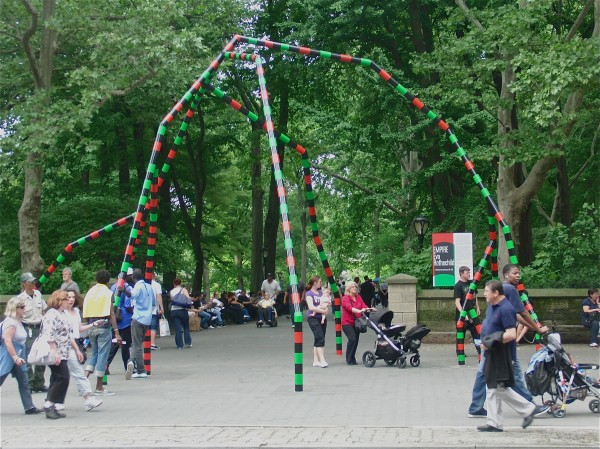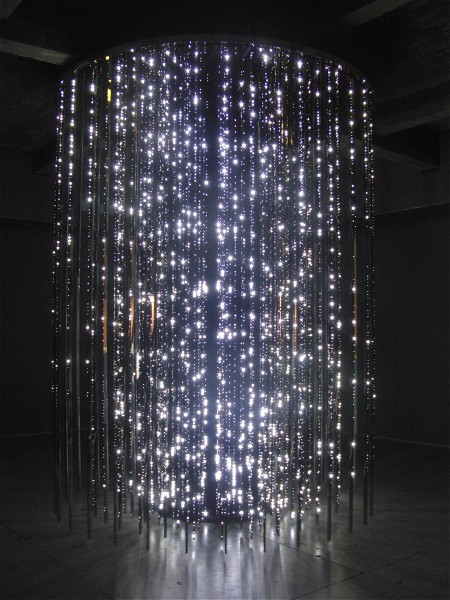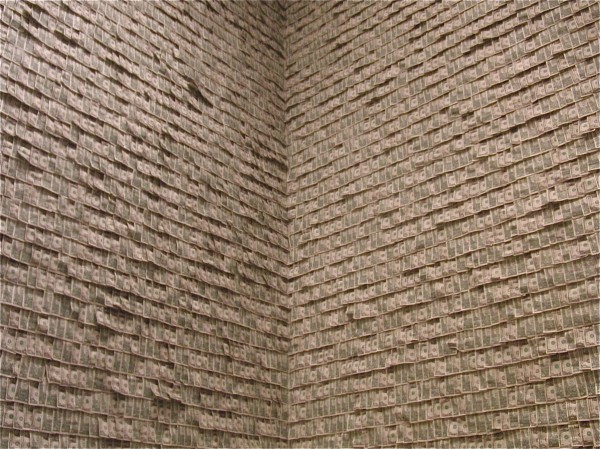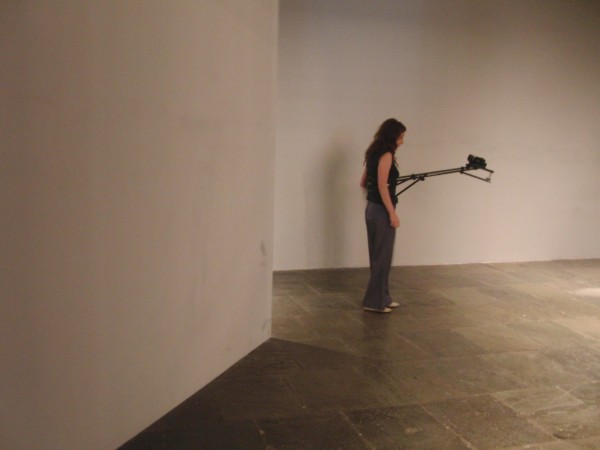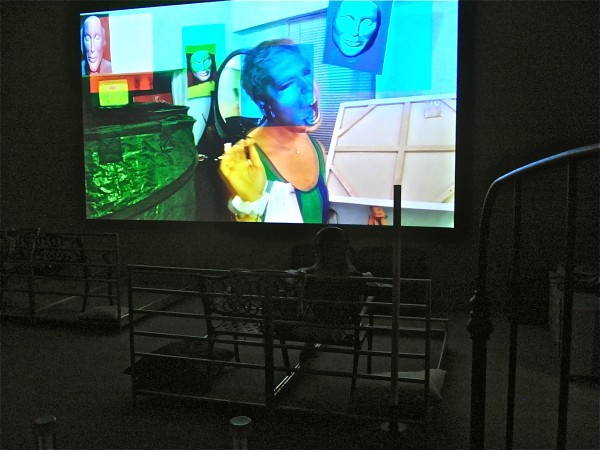
Ryan Trecartin’s “Any Ever” consists of unique viewing environments in which to watch his rather unique films (photo by twi-ny/mdr)
MoMA PS1
22-25 Jackson Ave. at 46th Ave.
Thursday – Monday through September 5, 12 noon – 6:00 pm
Suggested admission: $10 (free for MoMA ticket holders within thirty days of ticket)
718-784-2084
www.ps1.org
summer open house sneak peek
Texas native Ryan Trecartin has come along at just the right time, the go-to artist for the YouTube / reality TV generation. The thirty-year-old multimedia artist makes color-drenched, amateurish films featuring himself and his friends in wacky outfits, speaking in high-pitched voices as they comment on various sociopolitical themes in crazy ways. For “Any Ever,” his exhibition at PS1 that continues through September 3, Trecartin has created individual viewing environments for seven of his films created between 2007 and 2010 in Miami, made in collaboration with Lizzie Fitch. Divided into two sections, Trill-ogy Comp, consisting of K-CoreaINC.K (section a), Sibling Topics (section a), and P.opular S.ky (section ish), and Re’Search Wait’S, comprising Ready, The Re’Search, Roamie View: History Enhancement, and Temp Stop, the exuberant films are set amid a partying world that celebrates gender identity and individuality while attacking global corporate culture, transumerism, and market research. The works are projected in sculptural viewing areas that often incorporate elements of the films, including airline seats, a white conference table, bleachers, comfortable raised couches, and other playful milieus. With “Any Ever,” Trecartin has created a loud, frenetic, in-your-face world that is one heckuva fun party, even if it gets repetitive when taken in all at once.
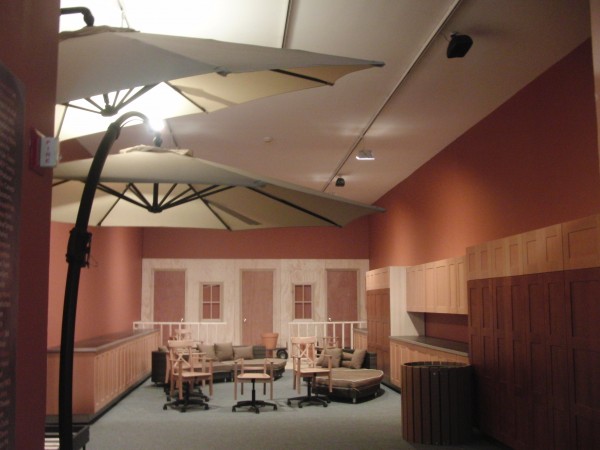
Don’t let the calm, relaxing entrance area fool you; Ryan Trecartin’s “Any Ever” multimedia installation is about to get a lot crazier (photo by twi-ny/mdr)
On August 31, MoMA PS1 will host a PopRally closing party for the exhibit, with MC Akeem_Ouch, live performances by AraabMUZIK, Glass Popcorn, and #HDBOYZ, guided tours of the show led by Veronica Gelbaum (who plays “Ready” in Re’Search Wait’S), appearances by Spicee Cajun, Raul de Nieves as Lindsay Lohan, DJs Telfar, Physical Therapy, and Fatima Al Qadiri, and other very strange guests. You can also catch “Any Ever” — as well as “Francis Alÿs: A Story of Deception” (through September 12) and “Summer School presents Gus Van Sant and James Franco: My Own Private River” (through August 29) — at the final Warm Ups of the season, with Tanlines, NguzuNguzu, Teengirl Fantasy, Sun Araw, and Physical Therapy on August 27 (which has just been canceled, as PS1 will be closed on Saturday and Sunday because of Hurricane Irene) and Horse Meat Disco, Midnight Magic, Justin Miller, and BICEP on September 3, taking place in Interboro Partners’ “Holding Pattern” courtyard installation.

